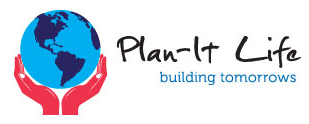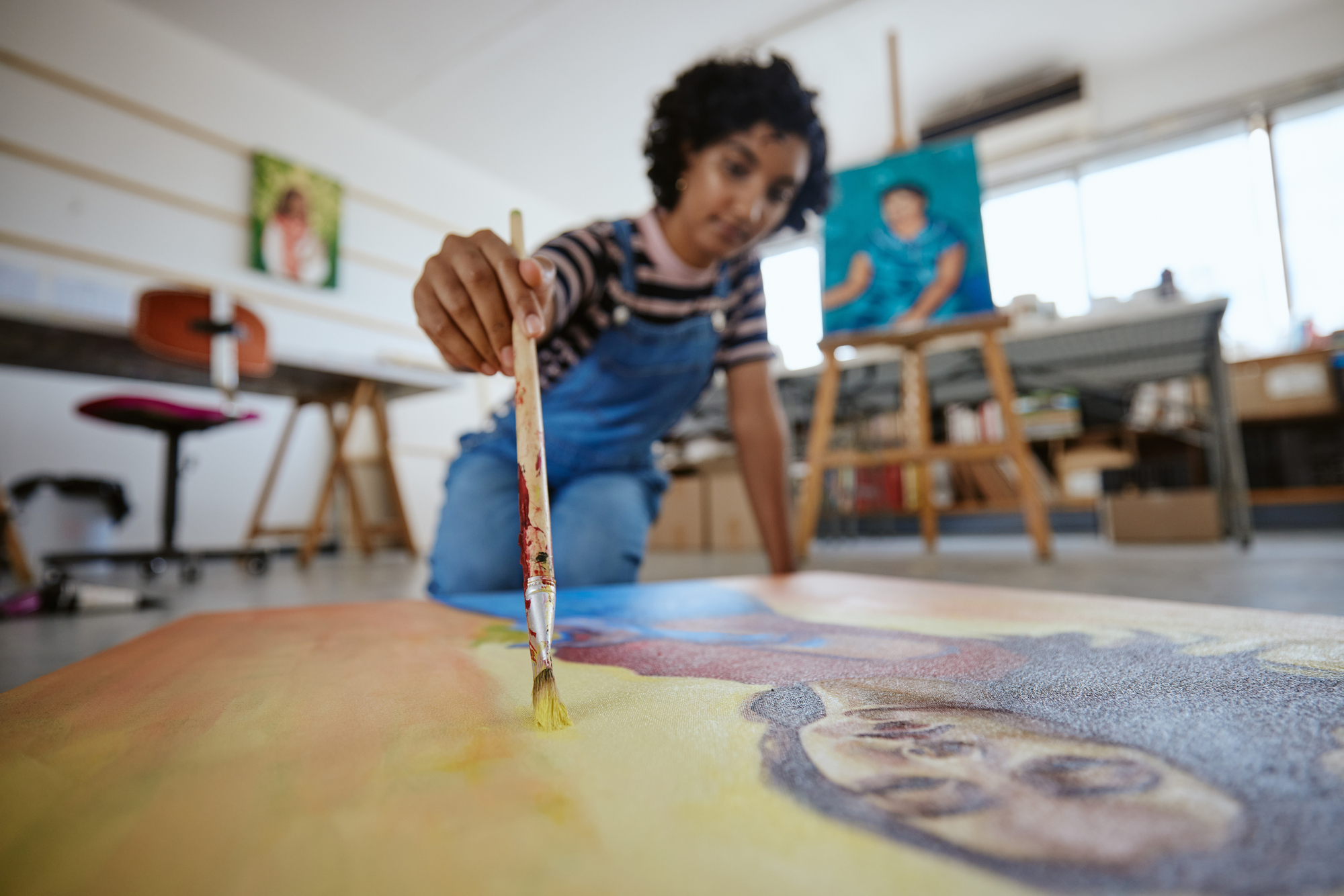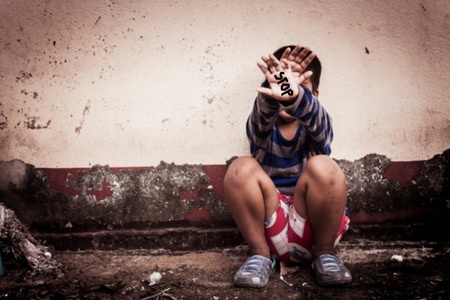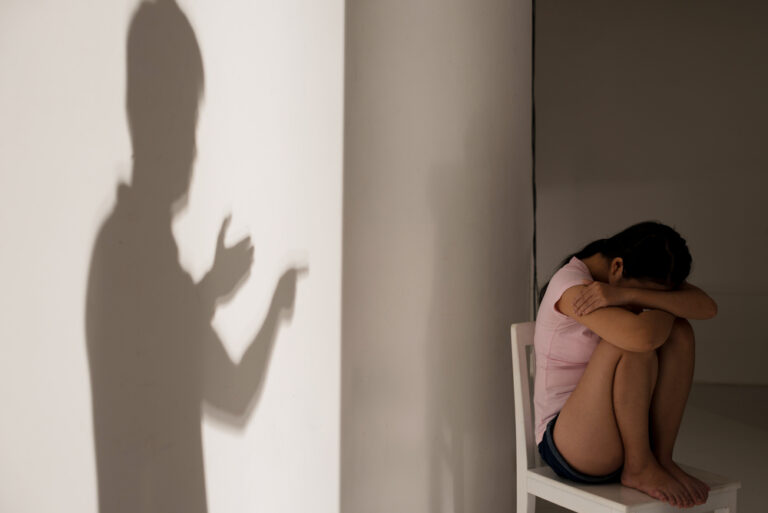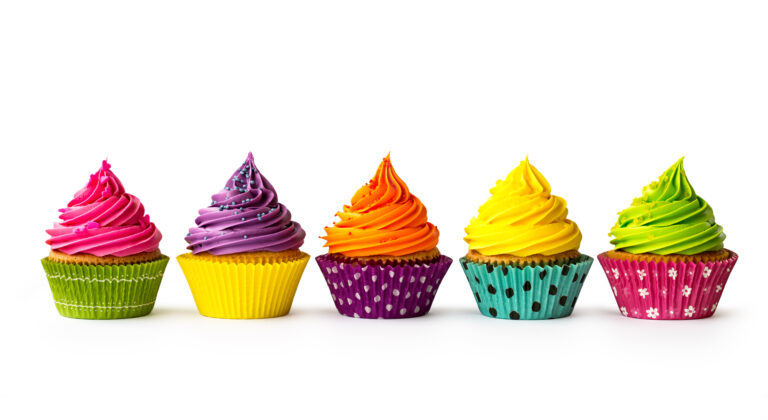Creative Outlets for Healing: Art, Music, and Expression
Creativity plays a crucial role in healing. Whether art, music, or writing, these creative activities allow individuals to express their emotions, process trauma, and find peace.
Many people use creative outlets to cope with life’s challenges. The connection between creativity and healing is undeniable. Furthermore, creativity has been embraced by therapists, healthcare professionals, and individuals seeking relief from stress, anxiety, and emotional pain.
In this blog, we will explore how creative activities like art, music, and writing can provide powerful avenues for healing. These activities offer residents a chance to express themselves, reconnect with their inner selves, and ultimately, find comfort.
The Healing Power of Art
How can art heal?
Art therapy is a widely recognized method for healing. It provides individuals with a creative outlet to express emotions that might be difficult to put into words. Through drawing, painting, sculpting, or even collage-making, art allows people to confront their inner thoughts and feelings in a safe and non-verbal way.
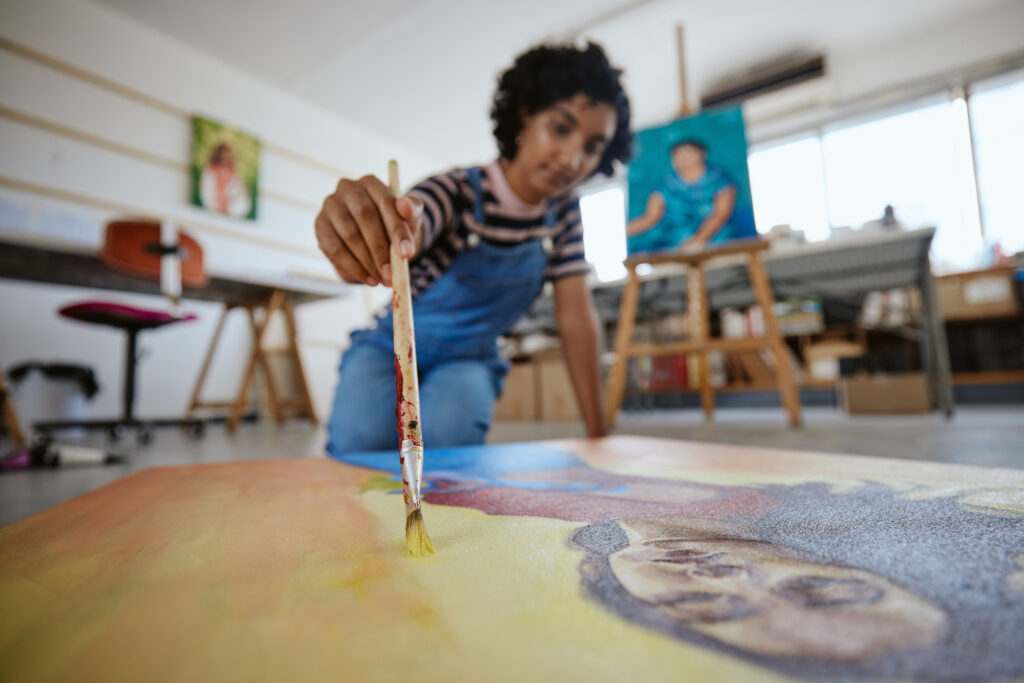
Why art is influential for healing:
- Non-verbal expression: Some emotions are too deep or complex to express verbally. Art allows people to communicate these emotions without needing words.
- Releases stress: Creating art can be a meditative process. Focusing on colors, shapes, and patterns helps release stress and promotes relaxation.
- Encourages self-discovery: Artmaking helps individuals discover hidden emotions and thoughts. It fosters self-awareness, which is a critical step in healing.
For example, residents who struggle with loneliness or depression may find solace in painting. Even those with physical or cognitive limitations can benefit from art. Undeniably art becomes a way to reconnect with their sense of self. No matter how simple, creating can boost self-esteem and provide a sense of accomplishment.
Creative activities in art therapy may include:
- Drawing emotions with colored pencils or crayons.
- Sculpting clay to create symbolic shapes or objects.
- Using collages to represent life experiences.
Music as a Tool for Healing
Music has long been known for its ability to evoke emotions and create a sense of connection. Also, music therapy utilizes the power of sound to help individuals heal emotionally and mentally. Whether listening, singing, or playing an instrument, music provides a creative outlet that allows people to express feelings they may not know how to articulate.

Benefits of music for emotional healing:
- Elicits emotions: Music can stir deep emotions, whether joy, sadness, or nostalgia. It allows individuals to release pent-up feelings.
- Encourages movement: Playing or listening to music encourages physical movement, which can help residents who deal with mobility issues.
- Builds connection: Singing together or playing instruments fosters community and shared experience. This connection can be particularly healing for those who feel isolated.
For residents dealing with chronic illness or emotional trauma, music therapy can also be transformative. Therefore, connecting with familiar music, it can be profoundly healing, offering comfort and sparking memories that foster a sense of identity.
Examples of creative music activities:
- Singing favorite songs from the past.
- Playing simple percussion instruments to express different emotions.
- Composing music to reflect feelings of sadness, joy, or hope.
Writing as a Creative Outlet for Healing
Why use writing as a creative outlet?
Writing can also be a powerful tool for emotional healing. Such as creative writing, journaling, or storytelling, which allows individuals to process their thoughts, work through emotions, and make sense of their experiences. Writing provides a structured way for people to express themselves and, in many cases, find clarity or resolution.

Why writing helps with healing:
- Clarifies thoughts: Writing allows individuals to organize their thoughts and feelings, providing clarity.
- Offers perspective: Looking back on written reflections can help people see their growth and how they’ve overcome challenges.
- Cathartic release: Writing about traumatic or painful experiences can release emotions and help in processing difficult memories.
For instance, residents in therapeutic settings are often encouraged to keep a journal. This simple act of putting pen to paper can be incredibly healing. It provides a private space for reflection without judgment or interpretation by others.
Creative writing activities for healing:
- Journaling daily about emotions, challenges, or positive moments.
- Writing letters (not necessarily to be sent) to people who have impacted their lives provides a form of closure or connection.
- Crafting short stories or poems that reflect their inner journey and experiences.
Combining Creative Outlets for Growth and Healing
Many therapists and caregivers encourage residents to explore multiple creative outlets. Such as art, music, and writing, which don’t have to be separate activities. Often, combining these creative outlets can lead to even deeper emotional healing.
For example, a resident might create a painting to express their emotions, then write a story about the artwork, explaining its meaning. They could then choose music to accompany their visual and written work. This multi-dimensional approach taps into different areas of the brain, making the healing process even more holistic and impactful.
How creative outlets complement each other:
- Art and music: Listening to music while creating art can inspire new ideas and emotional expression. The two activities feed off each other to enhance creativity.
- Writing and music: Writing while listening to instrumental music can help individuals tap into deeper emotions and create a more reflective mood.
- Art and writing: Creating visual art first and then writing about it can help individuals process their emotions in two different yet complementary ways.
Final Thoughts: The Importance of Creative Expression in Healing
Creative outlets such as art, music, and writing offer more than just hobbies or pastimes—they are essential tools for emotional and mental healing. These activities give people the freedom to express themselves, release emotions, and find peace in the midst of life’s challenges.
Creative expression provides an invaluable path toward recovery and emotional well-being for residents dealing with trauma, illness, or emotional difficulties. Whether painting a canvas, singing a song, or writing a personal story, these activities promote healing and allow individuals to reconnect with themselves and others in a deeply meaningful way.
Incorporating creative outlets into daily routines can significantly improve emotional and mental well-being. If you’re seeking ways to heal or help others heal, exploring creative activities could be the key.
Lastly, Plan-It Life provides our residents with various ways to creatively express themselves. To learn more, browse our website.
